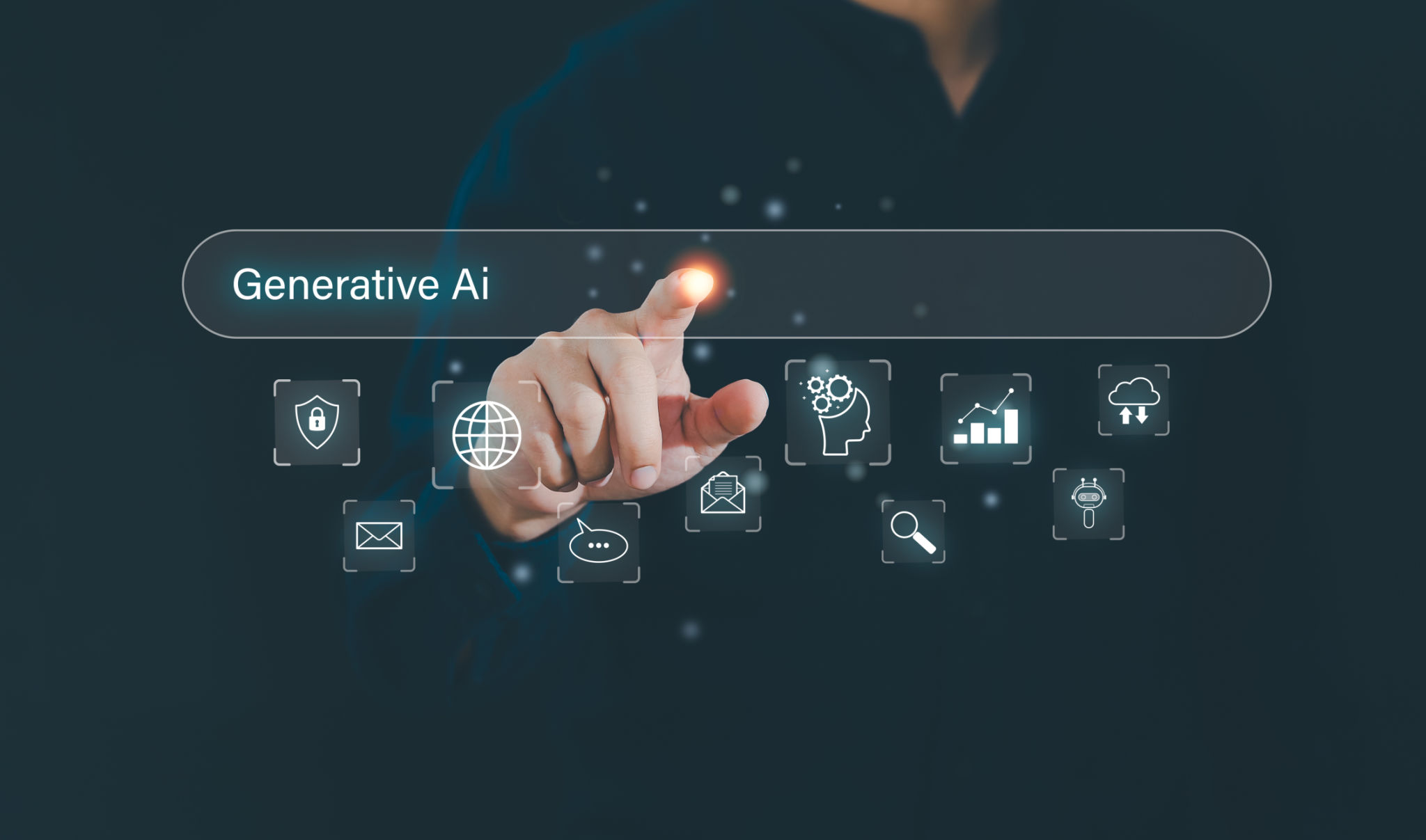A Complete Guide to Understanding AI Technology
DW
Introduction to AI Technology
Artificial Intelligence (AI) is a rapidly evolving field that is transforming industries and reshaping the way we interact with technology. From voice assistants like Siri and Alexa to advanced data analytics tools, AI is becoming an integral part of our daily lives. Understanding the basics of AI technology is essential to harness its full potential and navigate its challenges.

What is AI?
AI refers to the simulation of human intelligence processes by machines, particularly computer systems. These processes include learning, reasoning, problem-solving, perception, and language understanding. AI can be categorized into two types: Narrow AI, which is designed for specific tasks, and General AI, which possesses the ability to perform any intellectual task that a human can do.
Components of AI
AI systems rely on several key components to function effectively:
- Machine Learning (ML): Algorithms that allow computers to learn from and make predictions based on data.
- Natural Language Processing (NLP): Enables machines to understand and interpret human language.
- Computer Vision: Allows machines to interpret and make decisions based on visual input.
- Robotics: The design and use of robots to perform tasks typically done by humans.
The Role of Machine Learning
Machine Learning is a subset of AI that focuses on building systems that can learn from and adapt to new data. It involves the use of algorithms and statistical models to identify patterns and make decisions with minimal human intervention. ML is crucial for applications such as predictive analytics, personalized marketing, and autonomous vehicles.

Types of Machine Learning
There are three primary types of machine learning:
- Supervised Learning: The model is trained on a labeled dataset, which means each training example is paired with an output label.
- Unsupervised Learning: The model works with unlabeled data and tries to identify patterns or groups within the data.
- Reinforcement Learning: The model learns by interacting with an environment and receiving feedback in the form of rewards or penalties.
Applications of AI Technology
AI technology is being applied across a wide range of sectors, revolutionizing how businesses operate and improving our quality of life. Some notable applications include:
- Healthcare: AI is used for diagnosing diseases, personalizing treatment plans, and drug discovery.
- Finance: AI systems are employed for fraud detection, algorithmic trading, and credit scoring.
- Retail: AI enhances customer experience through personalized recommendations and efficient inventory management.

The Future of AI
The future of AI holds immense potential as ongoing research continues to push boundaries. Emerging trends include the development of more advanced autonomous systems, improved human-AI interaction, and ethical considerations in AI deployment. As AI technology progresses, it will be essential for policymakers, businesses, and individuals to work together to address challenges related to privacy, security, and job displacement.
Conclusion
Understanding AI technology is not just for tech enthusiasts; it is becoming a fundamental skill in today's digital age. By grasping the basics of AI and its components, we can better appreciate its impact on various industries and prepare ourselves for a future where AI plays a significant role in shaping our world. As we embrace this technological evolution, it's crucial to stay informed and proactive in leveraging AI for the betterment of society.
